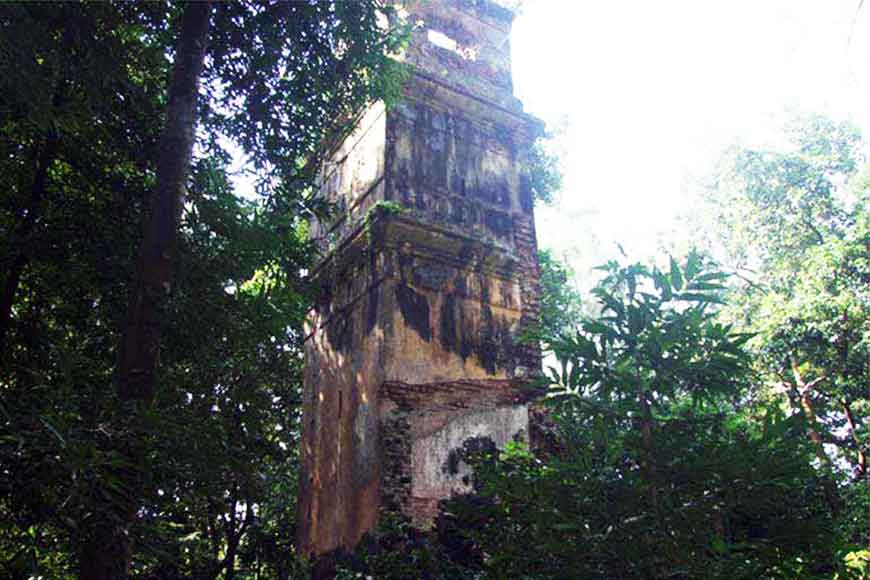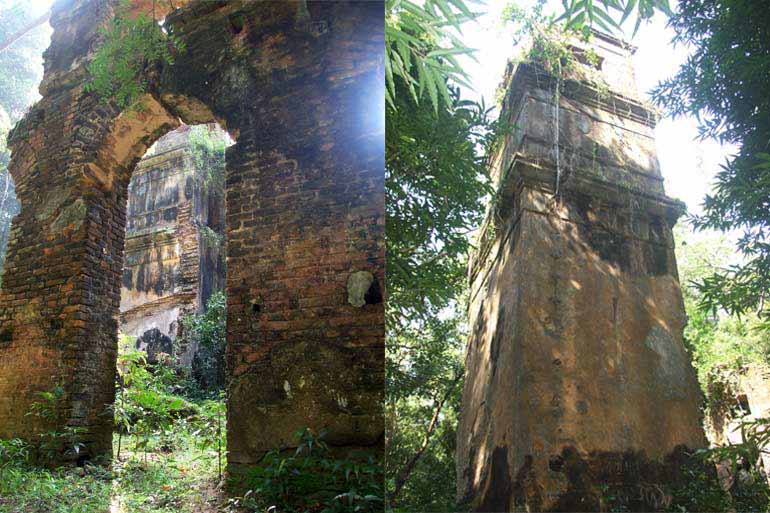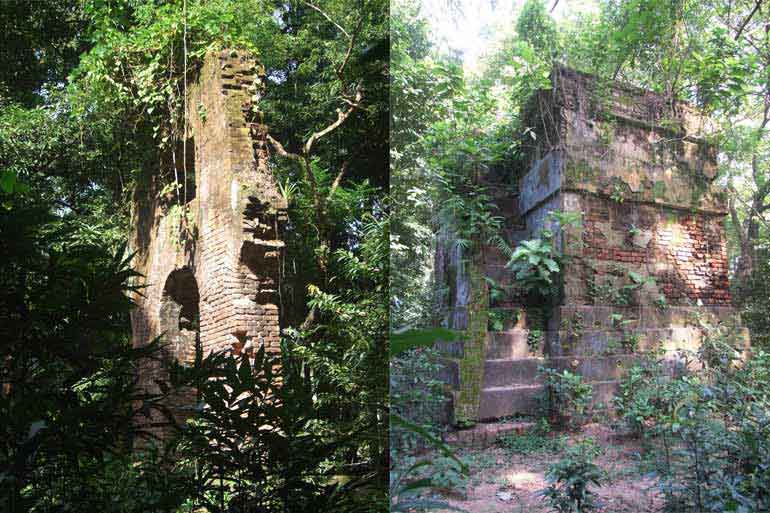India’s first post office was at Khejuri in East Midnapore

Did you know India’s first post office was set up at Khejuri in East Midnapore? Yes, that very Khejuri that once turned into a bone of political contention. However, long back in 1850, the scene was different. India was under British rule and Khejuri under Contai (Kanthi) sub-division was a flourishing port town. Because of its strategic location at the mouth of the Bay of Bengal and the facility of navigability, Khejuri- Hijili area attracted European traders, including the Dutch, Portuguese and ofcourse the English.
Khejuri developed as a place of rest and a meeting point for foreign sailors, complete with lively taverns. It also developed as a place where people came to recoup their health. British India's first telegraph line was also introduced in the country from Khejuri Post Office. The information was published in the Imperial Gazette of India in 1907. The first official telegraph line that connected Calcutta-Khejuri and Diamond Harbour opened in October 1851.
The Portuguese were the first to arrive in India for trading, followed by other European traders. Lastly the British arrived. They settled in different parts of the country, particularly along the coastal regions. These foreign traders fought wars over the acquisition of business-centers and Khejuri-Hijili was first wrested by the Portuguese who established their colony in this area in 1514. They conducted their business from Khejuri port for more than a century. Later, they were defeated and driven away by the British who occupied the port town.

Meanwhile, the Mughal emperor barred British traders from carrying out trade along the Hooghly River. Around 1663, they took shelter in Hijili and settled there. The British settlers further developed the port at Khejuri and soon business thrived here. But the defeated Portuguese traders resorted to piracy and created a menace in the area. The British Trading company deployed soldiers at Khejuri to drive away the Portuguese pirates. Finally, in 1687 Hijili was captured by the British soldiers. Calcutta was then just coming up and did not have a port till then. Large ocean-going ships used to drop anchor in the sea nearby and load and unload goods. In the 18th century, with the establishment of the makeshift ‘port’ at Khejuri, there came up an Agent’s House and in 1772, the company established a post office here for correspondence and information. This happened to be the first post office of India.
Khejuri developed as a place of rest and a meeting point for foreign sailors, complete with lively taverns. It also developed as a place where people came to recoup their health. British India's first telegraph line was also introduced in the country from Khejuri Post Office. The information was published in the Imperial Gazette of India in 1907. The first official telegraph line that connected Calcutta-Khejuri and Diamond Harbour opened in October 1851. The telegraph was the brainchild of a visionary inventor, Dr William O'Shaughnessy, and it secured England’s grip on India. O'Shaughnessy was a Professor of Chemistry at Medical College, Calcutta. He came to India in 1833 as a 24-year-old assistant surgeon with the East India Company. After the initial success of the telegraph system, the network was extended in 1852 to cover Calcutta-Khejuri via Diamond Harbour, Bishnupur, Mayapur and Kunkrahati.
Initially, Dr O'Shaughnessy used the semaphore telegraph device to connect Khejuri and Kukrahati, a distance of 82 miles. Later, this system was replaced by ‘Morse Code method. A couple of years later, on 5 October 1864, a terrible cyclone struck on Khejuri. The cyclone destroyed the town, port and the surrounding area as far as Calcutta The post office was razed to the ground and the post master and his wife and son were washed away. The cyclone also killed 60,000 people in the region and destroyed more than 160 vessels as it brought with it a wave of water some 25 to 30 feet above the high-water mark. The port town never recovered from the devastation.

Initially, Dr O'Shaughnessy used the semaphore telegraph device to connect Khejuri and Kukrahati, a distance of 82 miles. Later, this system was replaced by ‘Morse Code method. A couple of years later, on 5 October 1864, a terrible cyclone struck on Khejuri. The cyclone destroyed the town, port and the surrounding area as far as Calcutta The post office was razed to the ground and the post master and his wife and son were washed away.
As the importance of British Calcutta grew as a port too, Khejuri lost its importance. A century-and-a-half later, it exists as a mere shadow of its lost grandeur and prosperity. Nature has invaded and the dilapidated post office building has been completely taken over by thick vegetation. The area is under the state Forest Department and there is a beat office at Khejuri as well. There are several historical monuments in the area including a European cemetery, Nilkuthi in Balibasti and Kaukhali Light House.
Locals have been demanding for conservation and renovation of the historical sites at Khejuri, earlier christened Kedgeree by the British in the first half of the 19th century. Ranjit Mondal, the local MLA (Member of Legislative Assembly) is also eager to preserve and restore the status of the heritage building and says he has already spoken to the Chief Minister and is confident that she will take up the matter soon.










